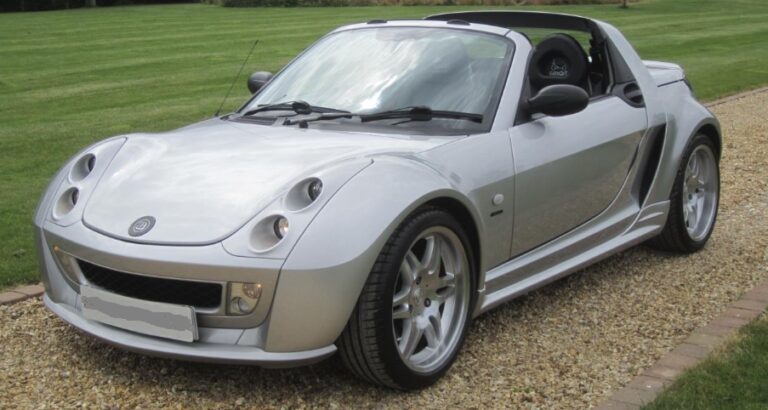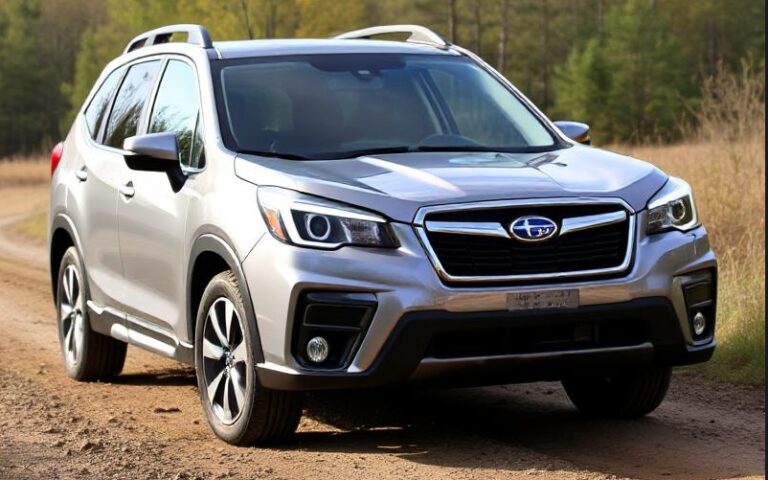The Evolution of the SMART Fortwo and Forfour: A Comprehensive Overview
The SMART brand, renowned for its compact urban vehicles, has a distinctive history marked by innovative design, strategic model launches, and continuous evolution to meet the demands of city drivers worldwide. Central to this legacy are the SMART Fortwo and Forfour models, which have undergone significant transformations since their inception. This article provides a detailed account of their development, including production years, models, and trim levels.
Origins and Early Development
Background and Conceptualization
The SMART brand was founded in 1994 as a joint venture between Daimler-Benz and Swatch, aiming to develop a microcar suitable for urban environments. The name “SMART” is an acronym derived from “Swatch Mercedes ART,” emphasizing its design roots.
Introduction of the SMART Fortwo (1998-2006)
The first-generation SMART Fortwo was officially introduced in 1998, marking the debut of the microcar concept. It was designed to be a city-friendly, two-seater vehicle emphasizing compactness, fuel efficiency, and innovative design.
First Generation (1998–2006)
Production Timeline
- Production Years: 1998 to 2006
Models and Trim Levels
Initially, the first-generation Fortwo was available mainly in a single trim level, emphasizing simplicity and urban utility. Over the years, some variations and special editions emerged.
- Pure: Basic model with minimal features, focusing on affordability.
- Passion: Slightly upgraded trim with additional comfort features.
- Cabrio: Convertible version introduced in 2000, featuring a soft-top roof.
Key Features of the First Generation
- Engine options: 0.6L and 0.7L inline-twin engines, both petrol.
- Transmission: 5-speed manual; a 4-speed automatic was later introduced.
- Body styles: Coupe and Cabrio.
- Notable innovations: Rear-engine, rear-wheel drive layout, and ultra-compact dimensions (around 2.69 meters in length).
Special Editions
Throughout its first run, the Fortwo saw numerous special editions, such as the “Edition” series, often featuring unique paint schemes or interior trims.
Second Generation (2007–2014)
Development and Launch
Daimler revived the SMART brand with an entirely new design. The second-generation Fortwo was unveiled at the 2006 Paris Motor Show and launched in 2007.
Production Timeline
- Production Years: 2007 to 2014
Models and Trim Levels
The second-generation Fortwo was offered in various trims, generally focusing on customization and urban style.
- Pure: Entry-level with basic features.
- Passion: Mid-range with additional comfort and styling options.
- Prime: More premium features, including upgraded interior.
- Brabus: High-performance variant developed in partnership with Brabus, offering increased power and sporty styling.
Facelift and Updates
In 2012, the model received a facelift featuring revised front and rear fascias, new lighting, and interior upgrades.
Special Editions
- Edition Urban Style: Featuring custom paint and interior accents.
- Edition Nightview: Emphasized dark exterior and interior elements.
- Brabus models: Up to 101 horsepower, sport-tuned suspension, and aggressive styling cues.
Technical and Design Highlights
- Engine options expanded to include 1.0L and 1.0L turbocharged engines.
- Introduction of a semi-automatic “Twinamic” transmission in later models.
- Improved safety features and interior quality.
.
Are you into odd things? . The Weirdest Cars Ever Made
.
Third Generation (2014–Present)
Introduction and Market Positioning
The third-generation SMART Fortwo was introduced in 2014 at the Frankfurt Motor Show, built on a new platform that emphasized safety, style, and technological advancements.
Production Timeline
- Production Years: 2014 to present (as of 2023)
Models and Trim Levels
The third-generation Fortwo has been offered with a variety of trims, reflecting evolving customer preferences and technological enhancements.
- Pure: Basic, budget-friendly version.
- Passion: Standard model with added features.
- Prime: Slightly upscale, with premium interior touches.
- Proxy: Special edition with unique styling cues.
- Brabus: High-performance variant with up to 109 horsepower and sport-tuned suspension.
Facelifts and Updates
- 2018 Facelift: Introduced new front and rear styling, updated infotainment systems, and safety features like autonomous emergency braking.
- 2020 Refresh: Added new color options, interior materials, and enhanced connectivity features.
Special Editions and Variants
- Edition Pulse: Focused on vibrant styling and custom accents.
- Edition Night: Dark-themed aesthetic with black exterior and interior elements.
- Electric Version (Fortwo EQ): Launched in 2017, offering all-electric powertrain with a range of approximately 99 miles (160 km), emphasizing urban zero-emission mobility.
The Forfour: A Short-Lived Venture
Introduction and Production
The SMART Forfour was introduced in 2004 as a four-door, four-seat hatchback aimed at expanding the brand’s appeal.
- Production Years: 2004–2006 (first generation), with a brief reintroduction in 2014–2015.
First Generation (2004–2006)
- Based on the Mitsubishi Colt platform, the first Forfour shared its mechanicals but featured distinctive SMART styling.
- Trim Levels: Similar to Fortwo, offered in Pure, Passion, and Brabus variants.
- Discontinuation: Due to poor sales and strategic shifts, production ceased in 2006.
Second Generation (2014–2015)
- Reintroduced in 2014 on the same platform as the third-generation Fortwo.
- Offered primarily in Passion and Prime trims.
- Discontinuation: The model was phased out by 2015, with SMART shifting focus solely to the Fortwo and electric variants.
Notable Technological and Design Trends
Compactness and Urban Focus
Both generations of the Fortwo have maintained their hallmark ultra-compact dimensions, making them ideal for city driving and parking.
Electric Mobility
The Fortwo Electric Drive (later branded as Fortwo EQ), launched in 2017, marked SMART’s push into electric urban mobility, with a range suitable for daily city commutes.
Safety and Connectivity
Over the years, the models have incorporated increasing safety features, including stability control, multiple airbags, and advanced driver-assistance systems. Infotainment systems have evolved from basic radios to touchscreen displays with smartphone integration.
Market and Global Presence
SMART vehicles have been sold globally, with notable markets including Europe, North America, and Asia. However, the brand has experienced fluctuating success, often influenced by the rise of alternative electric vehicles and changing urban mobility trends.
Conclusion
The SMART Fortwo and Forfour exemplify innovative urban mobility solutions, characterized by their compact size, distinctive styling, and adaptability. From their debut in 1998 to their latest models, these vehicles have continually evolved through multiple generations, trims, and special editions to meet the needs of city dwellers worldwide.
While the Forfour’s production was brief, the Fortwo’s legacy endures, especially with the advent of electric variants that align with contemporary sustainability goals. As urban environments become increasingly congested, SMART’s commitment to compact, efficient, and stylish vehicles ensures its place in the evolving landscape of city transportation.
Summary Timeline
| Year Range | Model/Generation | Key Features and Notes |
|---|---|---|
| 1998–2006 | First-generation Fortwo | Basic trims: Pure, Passion, Cabrio, special editions |
| 2007–2014 | Second-generation Fortwo | trims: Pure, Passion, Prime, Brabus; facelift in 2012 |
| 2014–present | Third-generation Fortwo | trims: Pure, Passion, Prime, Proxy, Brabus; facelift in 2018 and 2020; electric version from 2017 |
| 2004–2006 | First-generation Forfour | Based on Mitsubishi Colt; trims: Pure, Passion, Brabus |
| 2014–2015 | Second-generation Forfour | Reintroduction on same platform as third Fortwo |
This detailed chronicle underscores the evolution of the SMART Fortwo and Forfour, reflecting shifts in design philosophy, technological advancements, and market strategy. Their ongoing development highlights SMART’s commitment to urban mobility and innovative vehicle solutions for the modern city landscape.







